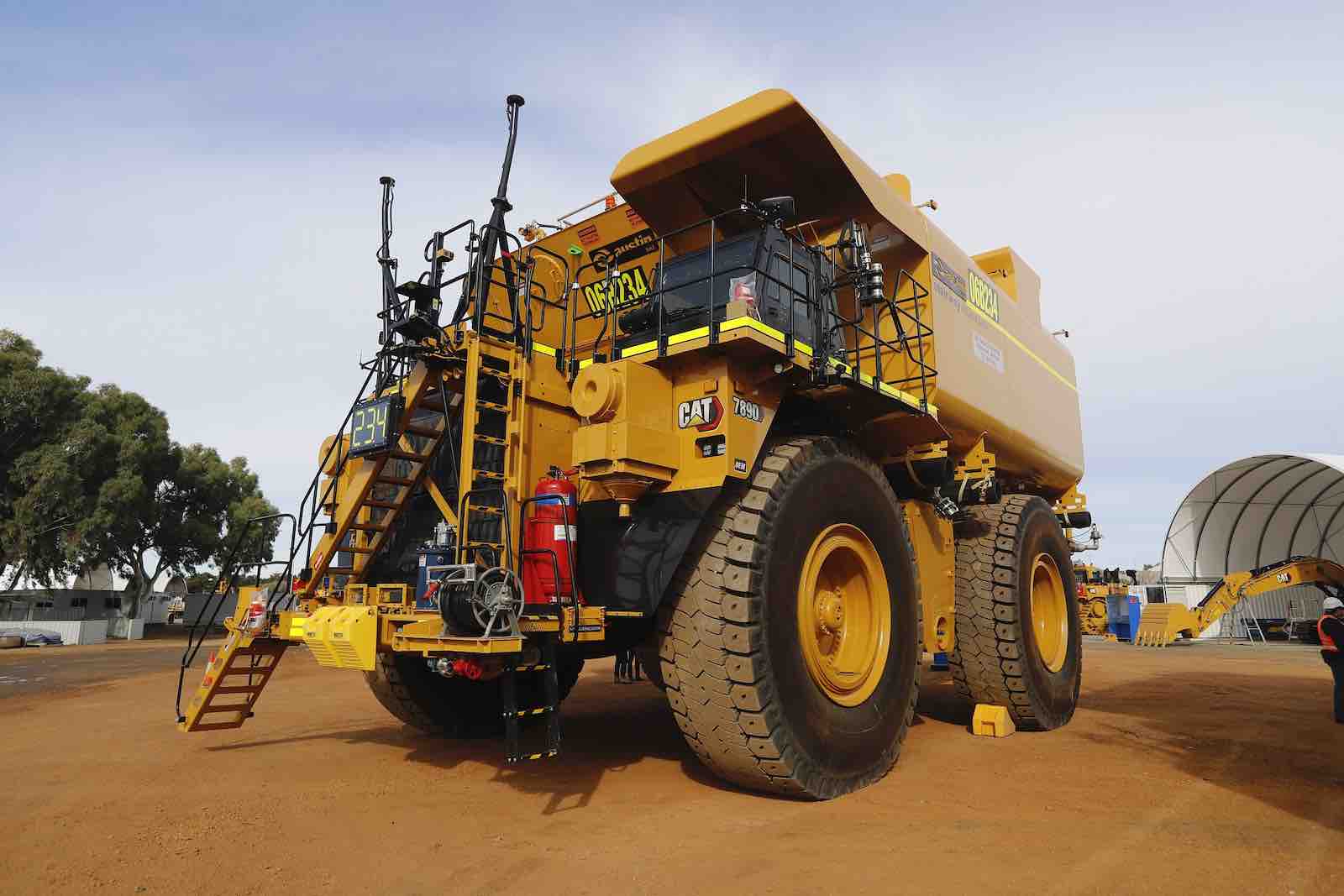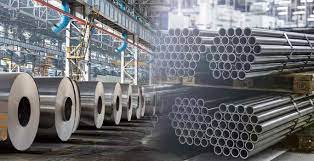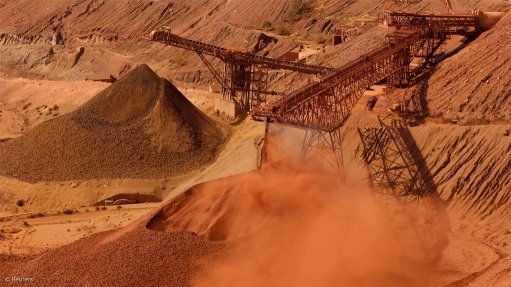In recent decades, mines have progressively adopted cleaner, safer, and more efficient operations, benefiting from advancements in positioning and orientation technology that facilitate automation and autonomy.
Indeed, a 2020 report from Baker McKenzie revealed that the global smart mining market was valued at US$6.8 billion in 2019, with projections anticipating it to reach US$20.31 billion by 2025.
In upcoming years, ‘smart’ mines will predominantly operate autonomously, with machines communicating for tasks with minimal human intervention onsite. Coordinated end-to-end workflows will empower automated machines to efficiently and sustainably manage repetitive and potentially hazardous tasks. This shift allows the human workforce to concentrate on higher-level analysis and decision-making from safe, remote locations outside of hazardous areas.
Being at the forefront of technology adoption, the mining industry has embraced early advancements. Initial deployments, facilitated by operations in privately-owned mines within controlled environments, have paved the way for today’s mining sector to capitalize on emerging opportunities, progressing steadily toward complete autonomy.
Recognizing the Advantages of Automation and Autonomy
In a general sense, autonomous solutions are designed to enhance efficiency, prioritize on-site safety, and facilitate spontaneous decision-making. These solutions integrate diverse automation technologies, accommodating on-machine human interactions. Their flexibility proves advantageous at any stage of a company’s autonomy adoption journey – from assisting less-experienced operators to achieve efficiency, to enabling semi-autonomous and fully autonomous machine operations that can operate continuously, 24/7.
The 2022 McKinsey Survey of Mining Leaders and Executives uncovered a significant challenge, as 71% of respondents identified talent shortages hindering the achievement of production targets and strategic goals. Whether grappling with hiring skilled labor in a competitive job market, escalating costs, or other factors, the mining industry confronts numerous challenges that underscore the suitability of automation and autonomous solutions. These solutions offer benefits such as diminishing the workforce in hazardous conditions, enhancing productivity through round-the-clock task completion by pre-programmed machines, and more.









